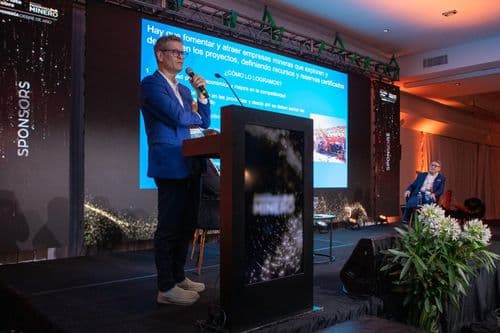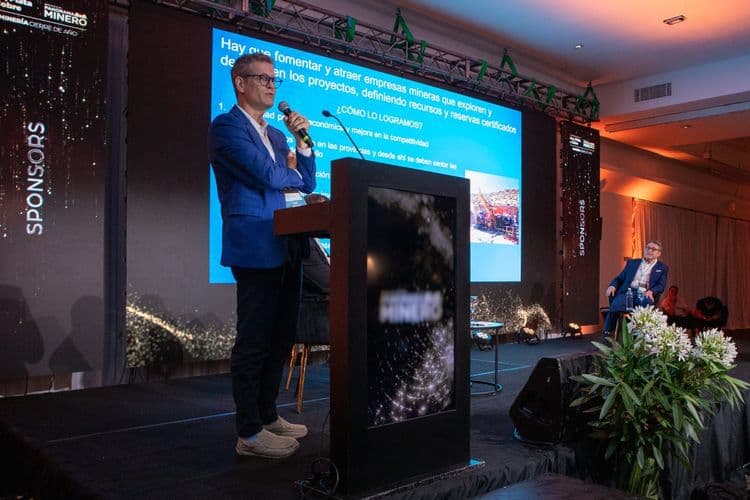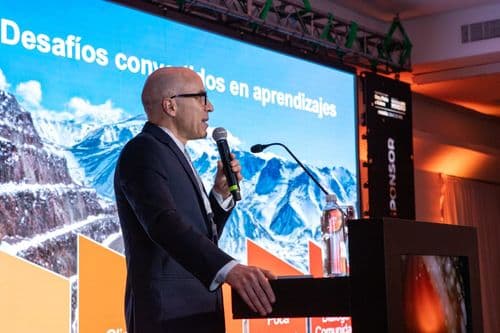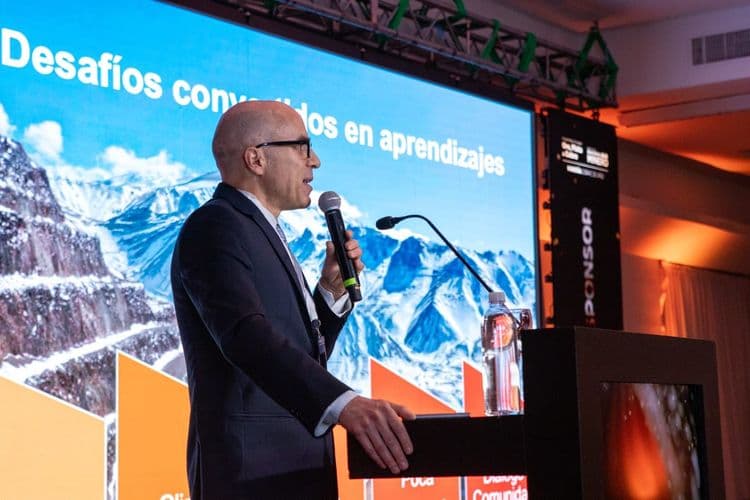The global race for copper is accelerating, with projections suggesting the world will need 70% more copper by 2050. This figure—equivalent to adding the output of 20 Escondida-sized mines each year—not only highlights the scale of the challenge but also underscores the vast opportunities for copper-producing countries, especially in South America.
By Panorama Minero
This projection was shared by Alejandro Tapia, President of Escondida, during his remarks at the World Copper Summit 2025, echoing the findings of a BHP report published in September titled "How Copper Will Shape Our Future." Drawing on data from analysts including CRU, Wood Mackenzie, and S&P Global, the report estimates that global demand will surpass 50 million tonnes per year by mid-century, compared to 31 Mt today.
Three Drivers of the Copper Boom
The copper boom is expected to be driven by three major structural forces:
● Traditional Economic Growth: As emerging economies electrify and improve living standards, copper demand will rise across infrastructure, household appliances, vehicles, and digital networks. India, for instance, could quintuple its copper consumption by 2050.
● Energy Transition: The push for decarbonization will double global electricity demand, boosting copper usage in wind turbines, smart grids, solar panels, and electric vehicles—which use up to three times more copper than internal combustion vehicles.
● Digital Expansion: The exponential rise of data centers, 5G networks, and artificial intelligence will lead to a sixfold increase in copper consumption within the digital sector. BHP estimates that by 2050, data centers alone will consume 9% of the world’s electricity.
Global Supply: A Structural Bottleneck
Despite strong demand, global supply faces significant structural constraints. The report warns that half of the copper required by 2035 has neither funding nor development plans in place. Declining ore grades, aging mines, and complex environmental and social conditions in new jurisdictions are increasing project costs and delays.
Even with expanded recycling—secondary copper is projected to meet 50% of demand by 2050—the world will still need at least 10 Mtpa of new primary copper over the next decade. The challenge is daunting: greenfield projects are consistently delayed, and BHP has identified that the 30 largest undeveloped copper projects have faced postponements since 2014.
Latin America: At the Center of the Map
In this context, Chile continues to play a central role, accounting for one-quarter of global copper production. BHP, the largest operator in the country, contributes 27% of national output and plans to invest US$13 billion over the next decade, with a focus on Escondida, Spence, and Cerro Colorado.
Meanwhile, Argentina, which shares the Andean geological potential but lacks producing copper mines, is at an earlier stage. The country is advancing eight copper megaprojects, mostly in San Juan province, while recent reforms—such as the RIGI investment scheme and partial easing of foreign exchange controls—have spurred investor interest. These dynamics even led BHP to return to Argentina, acquiring 50/50 stakes in the Filo del Sol and Josemaría projects in partnership with Lundin, now part of Vicuña Corp.
Strategic Considerations
Several factors will shape the copper landscape in the years ahead:
● Supply Security will be critical. Geopolitical tensions and competition for critical minerals are elevating copper's strategic value.
● Sustainability and Traceability will become key differentiators. Buyers will demand stronger social and environmental guarantees.
● Public Policy and Regulatory Stability will determine the viability of new developments. For countries like Argentina aiming to position themselves as global suppliers, consistency in regulatory frameworks will be essential.
Amid these dynamics, copper stands at the core of 21st-century industrial, technological, and energy transitions. Its demand is backed by powerful structural trends, but its availability will hinge on political will, sustained investment, and tangible progress in environmental, social, and technological standards.


























